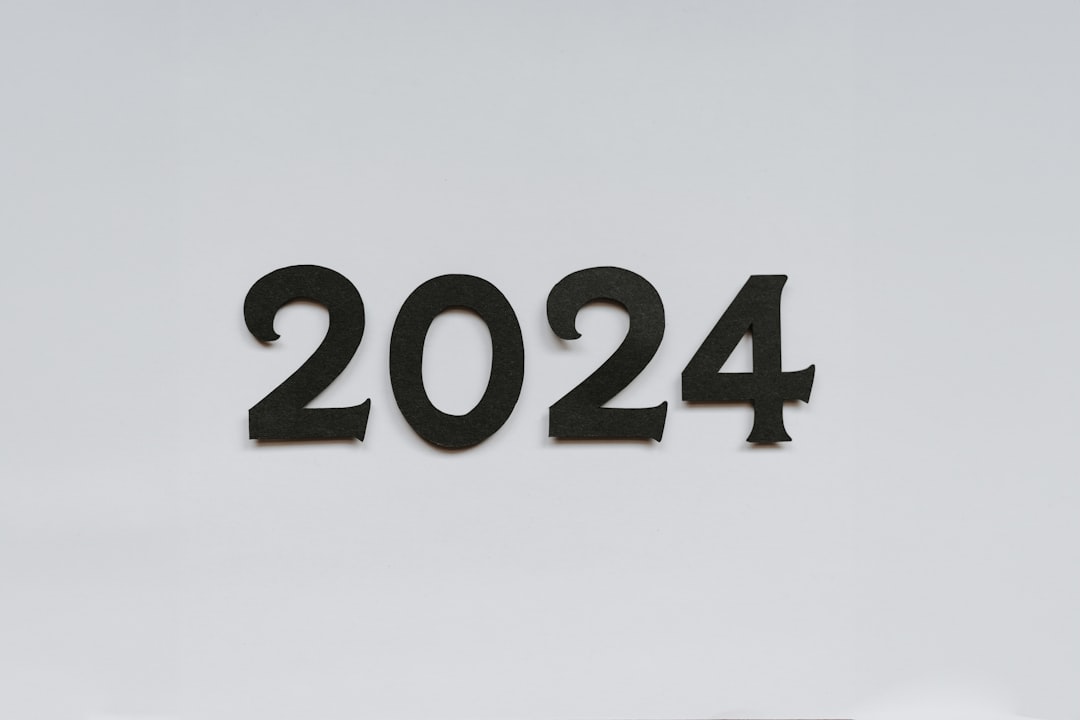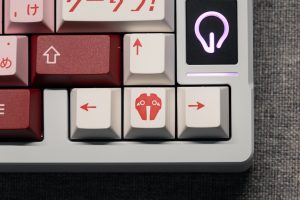
In an increasingly competitive and digital marketplace, a strong brand identity is more crucial than ever. Businesses strive to stand out amidst the noise, crafting compelling narratives, visuals, and customer experiences. Enter Generative Artificial Intelligence (AI), a revolutionary technology that is fundamentally transforming the branding landscape. From developing design prototypes in seconds to crafting personalized marketing content at scale, generative AI isn’t just another tool in the marketing kit—it’s a complete paradigm shift.
What is Generative AI?
Generative AI refers to a class of artificial intelligence models that can create content—whether it’s text, images, audio, or video—based on a prompt or data set. Unlike traditional AI, which classifies data or makes predictions, generative AI actually produces new, partially unique outputs. Think of tools like OpenAI’s ChatGPT for text or Midjourney and DALL·E for visuals. These technologies have matured at unprecedented speeds, enabling marketers and branding professionals to explore creative possibilities once limited to humans alone.
The Role of Branding in Modern Business
A brand is not just a logo, color scheme, or tagline—it is the total perception a customer holds of a company. Branding encompasses values, voice, aesthetics, consistency, and emotional resonance. Building a brand that faithfully communicates its essence takes time, strategy, and creative rigor. Traditionally, such brand building required significant human capital: designers, copywriters, strategists, and analysts. With the advent of generative AI, many of these processes are being enhanced—or in some cases, redefined.
Why Generative AI is a Game-Changer for Branding
1. Accelerated Creative Cycles
Creating a visual identity for a brand used to take weeks, sometimes months. With generative AI tools, businesses can experiment with designs, adjust them on the fly, and iterate continuously—all within a fraction of the time.
- Logo design: AI can instantly produce hundreds of logo options based on brand values and aesthetic preferences.
- Typography & color palettes: Tools can generate color schemes and fonts tailored to target audience psychology.
- Prototyping: Mockups and product labeling can be visualized and revised in real-time using AI-generated imagery.

This streamlining allows brand managers to make data-driven design decisions with extraordinary speed and precision, dramatically shortening time-to-market cycles.
2. Hyper-Personalized Content at Scale
Brands today must communicate with diverse audiences across multiple channels—social media, email, landing pages, and more. Generative AI makes it possible to create tailored content quickly and at scale. Beyond just personalization tokens like first names, AI can adapt tone, format, and even imagery based on user behavior or segment profiles.
- Email campaigns: AI-generated copy can be adapted to different buyer stages or industries.
- Social media: Posts can be algorithmically tailored to align with different audience sentiments or engagement metrics.
- Advertisements: AI-engineered ads facilitate testing numerous versions for varying market demographics.
This not only amplifies reach but also deepens engagement, which is critical for brand loyalty and long-term trust.
3. Consistency Across Touch Points
One of the greatest challenges in branding is consistency. Whether a customer interacts with a brand on TikTok, visits the website, or opens a newsletter, their experience should feel coherent and aligned with the brand’s identity. Generative AI enforces this consistency through centralized content generation protocols. AI models trained on a brand’s voice, tone, and lexicon can produce copy and designs that are harmonized across platforms.
This offers a tremendous advantage when scaling brand presence globally while retaining local relevance. AI can translate and re-contextualize content for different markets, ensuring cultural sensitivity without compromising brand coherence.
4. Enhancing the Creative Process
Contrary to fear-mongering notions, generative AI doesn’t replace human creativity—it magnifies it. Designers and writers now have AI co-pilots that can:
- Offer unexpected concepts that spark new directions
- Test ideas rapidly to evaluate what resonates most
- Free up time from mechanical tasks to allow for more abstraction and strategy

This democratization of creativity empowers smaller brands and solo entrepreneurs to punch above their weight. What once required big agency budgets and long timelines can now be achieved with AI-driven workflows and human oversight.
5. Real-Time Market Adaptability
Markets evolve quickly. Virality, economic shifts, and social trends can change consumer behavior overnight. Brands that can quickly adapt stand a better chance of thriving. Generative AI enables:
- Trend-sensitive content creation: AI can scrape and analyze trending themes, then generate content that resonates with current interests.
- A/B testing acceleration: Automated content variations can be deployed in seconds and refined continuously based on performance.
- Dynamic branding: Campaigns, ads, and messaging can be fine-tuned on-the-go based on real-time analytics.
This agility gives brands a competitive edge and empowers them to be not just reactive but also proactively relevant.
Use Cases Already in Motion
A growing number of companies are already bringing generative AI into their branding workflow:
- Coca-Cola: Leveraged generative AI in its “Create Real Magic” platform, allowing artists and consumers to co-create digital artwork tied to their iconic brand imagery.
- Heinz: Used AI to produce new bottle designs and experiment with AI-generated images representing what “ketchup” looks like to an algorithm.
- Small Businesses: From boutique clothing stores to indie authors, AI tools like Canva, Jasper, and Copy.ai offer low-cost solutions for professional branding needs.
These examples show that generative AI is not just accessible to Fortune 500 companies—it’s available and valuable for anyone serious about brand development.
Ethical Considerations and Challenges
No innovation comes without caution. With the rise of AI-generated content, companies must address new challenges:
- Authenticity concerns: Overreliance on AI may detach brands from human emotion and authenticity if not curated correctly.
- Bias in data: AI systems can inadvertently perpetuate stereotypes or cultural biases based on their training data.
- Intellectual property: The originality of AI-generated designs and texts can raise questions around copyright and ownership.
For branding to remain effective and ethically grounded, human judgment and strategic oversight remain indispensable. AI should be viewed as a collaborator, not a replacement.
The Future of Branding with Generative AI
We are only scratching the surface of what generative AI will bring to branding. As models evolve, we can expect:
- Greater emotional intelligence in AI-generated content
- Fully immersive brand experiences in virtual and augmented reality environments
- Real-time feedback systems that evolve brand messaging dynamically per user interaction
The future may well include AI that manages brand identities like digital custodians—adaptive, responsive, and deeply aligned with both brand values and consumer expectations.
Conclusion
Generative AI has stepped onto the branding stage not as a mere utility but as a transformative force. It offers speed, customization, innovation, and scalability—the holy grail for any brand strategist. While it doesn’t replace the human touch that makes brand stories authentic and relatable, it elevates those stories to unprecedented heights. For brands willing to adopt and act responsibly, generative AI represents not just a technological shift, but a once-in-a-generation opportunity to redefine connection, creativity, and impact.






